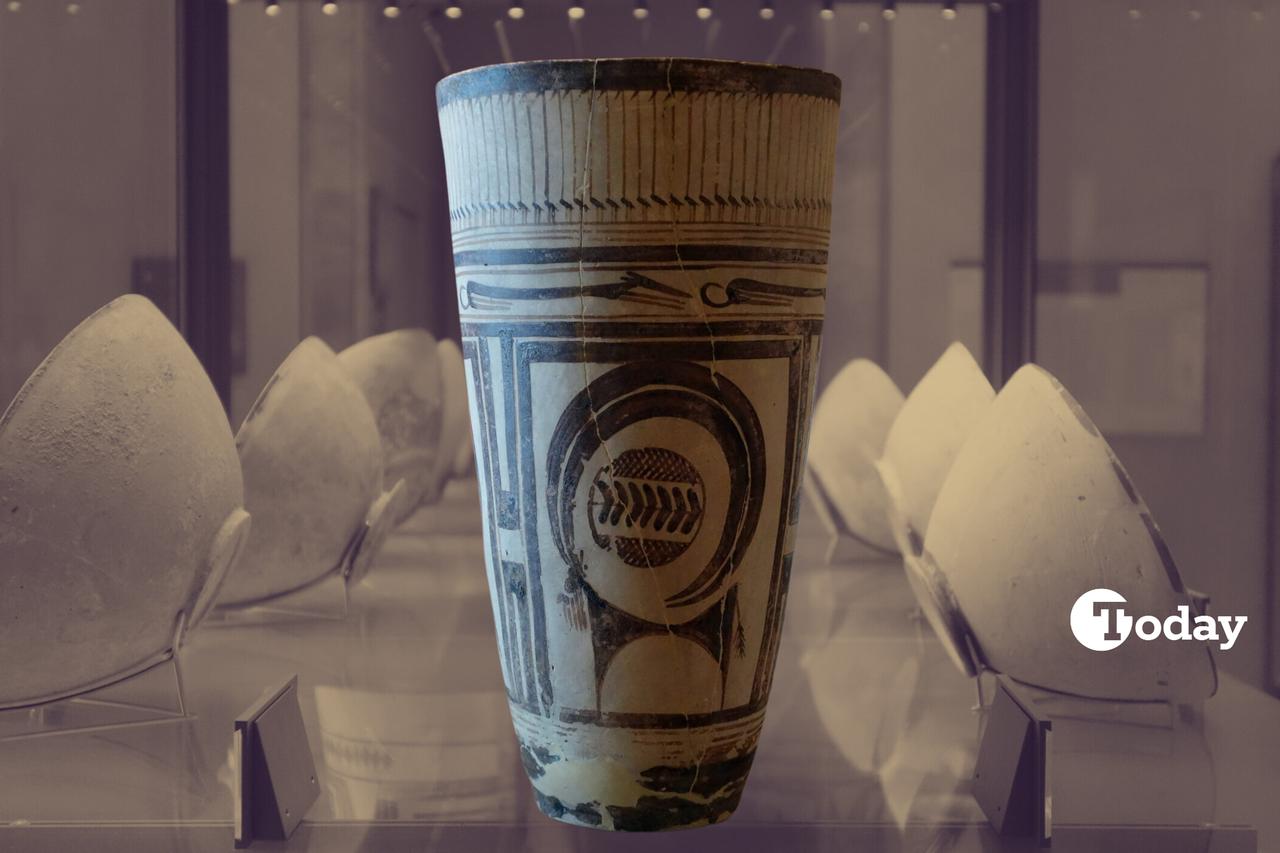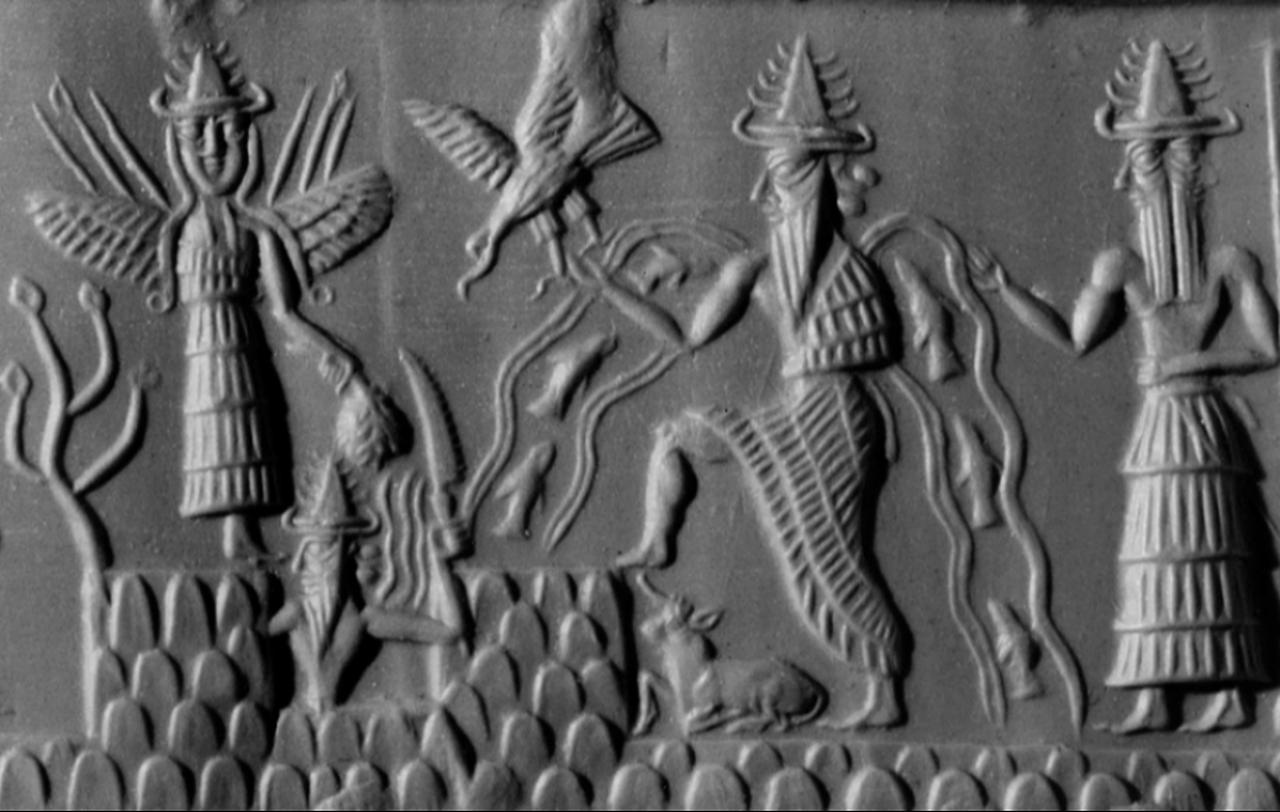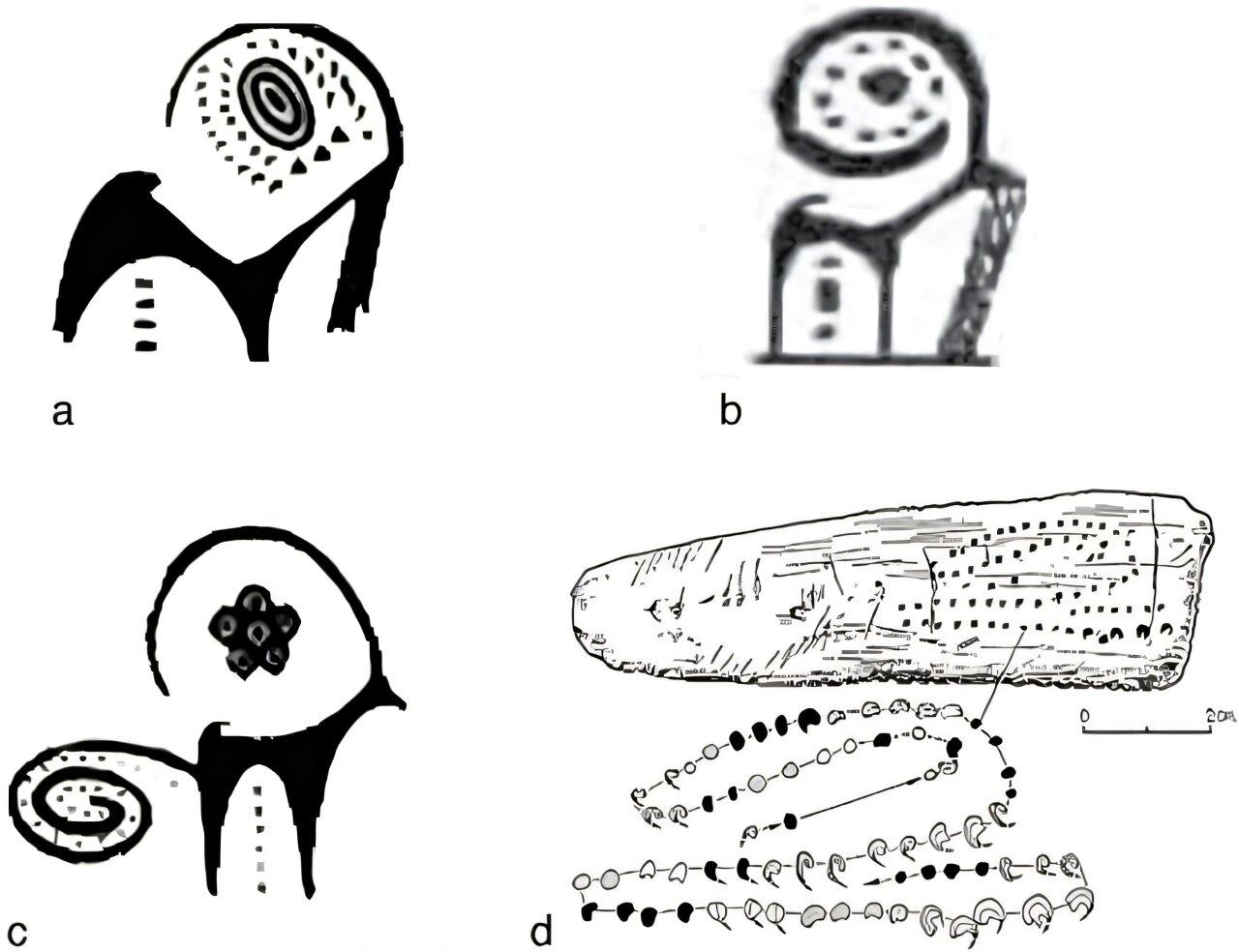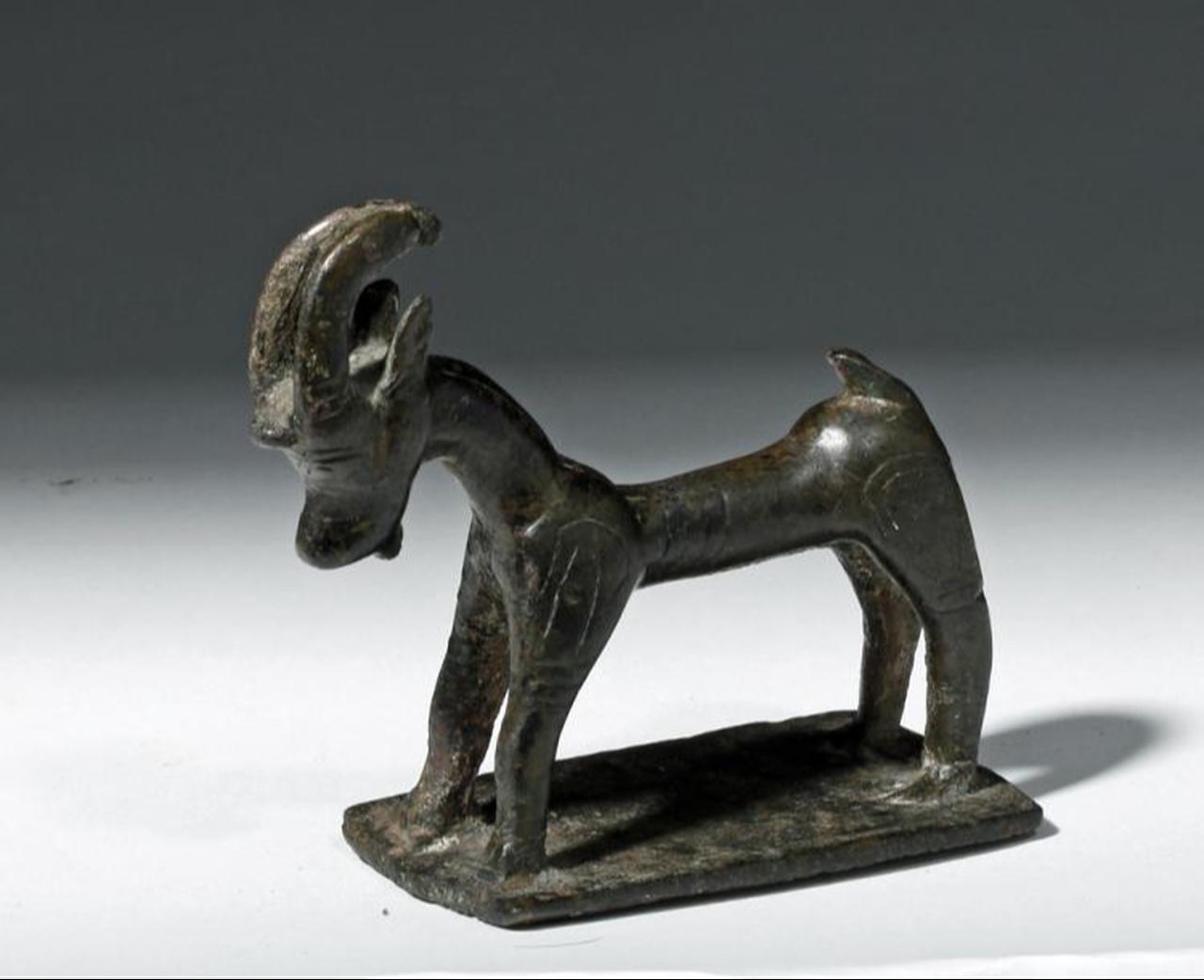
A new study has shed light on the enduring symbolism of the ibex in the ancient Near East, including Anatolia. Researchers highlighted how this wild goat, domesticated nearly 10,000 years ago in the Zagros Mountains of Iran and Eastern Anatolia, became more than a source of food and wool. Its recurring image in rock art, pottery, and metalwork from the Neolithic through the Iron Age often appeared alongside women or fertility-related figures, suggesting a symbolic role tied to reproduction and abundance.
The study draws attention to a carved image from France’s Laussel rock shelter, where a Venus-figured woman holds what is believed to be an ibex horn. Similar depictions across Europe and the Near East connect the animal to ideas of femininity and fertility, reinforced by finds such as goats painted or tattooed on female mummies in the Achaemenid-Scythian period.

In Mesopotamia, the ibex was closely linked to Enki, the freshwater god associated with the Tigris and Euphrates rivers. Scholars note that this connection may be explained by the animal’s mating season, which coincided with the autumn rains in Mesopotamia, thereby aligning its natural rhythms with agricultural fertility.
A bronze plaque from eastern Iran, dating between 1,500 and 700 BC, strikingly depicts two ibexes flanking a woman giving birth, echoing much earlier prehistoric scenes such as the Mother Ranaldi rock painting in Europe.

Beyond fertility, the ibex was also bound to the heavens. Ancient societies, seeing the animal in mountainous habitats, linked it with the sky and stars. The constellation Capricorn—half goat, half fish—reflects this cosmic connection, representing both the celestial and the seasonal rains.
In Sumerian texts, the ibex was even referred to as si-mul, or “star-horned.” On Iranian pottery from sites such as Tall-i-Bakun and Tepe Hisar (also spelled Tappeh Hesār), ibex figures appear with stars, crosses, or circular motifs, reinforcing the sense of cosmic symbolism.

The authors of the study emphasize that the motif of the ibex remained a constant presence throughout the ancient Near East, not only for its economic value but also because of its layered symbolic meanings. They observed that, “From a spiritual aspect, this animal is deeply rooted in the human collective unconscious mind from the Paleolithic period to the present… The continuity of ibex symbolism is remarkable, and it is backed by strong archaeological elements.”
By linking fertility, femininity, seasonal cycles, and the celestial sphere, the ibex emerged as one of the most enduring symbols across Anatolia, Mesopotamia, and beyond, leaving its mark on art, religion, and cultural memory for millennia.